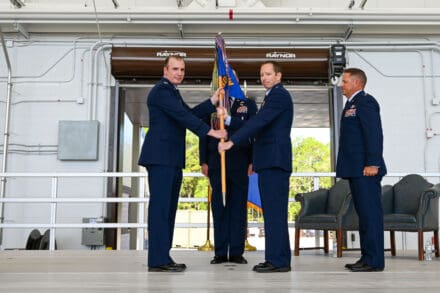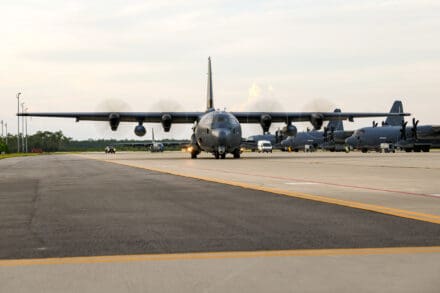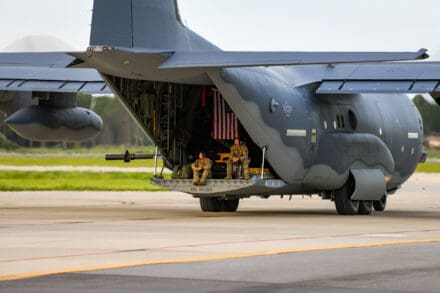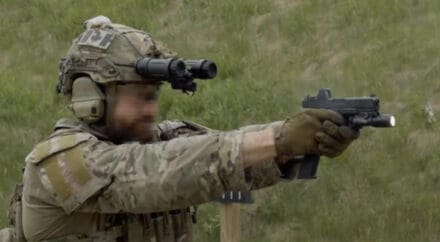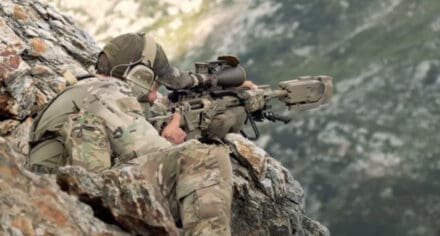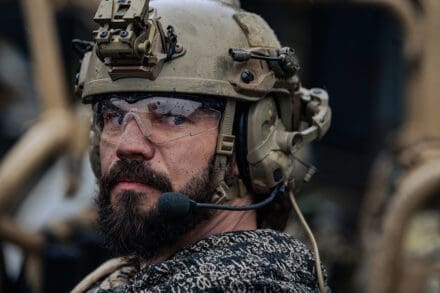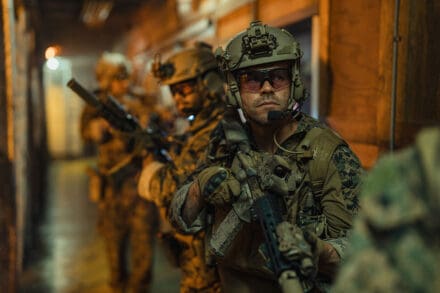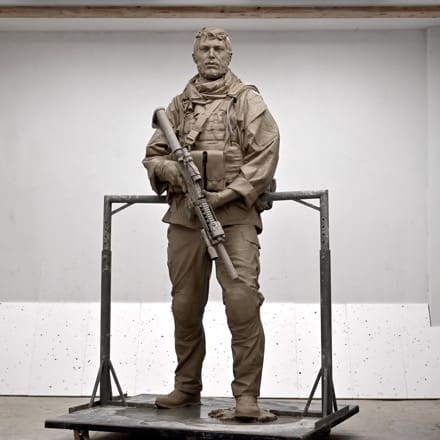The Joint Special Operations University’s Enlisted Academy (JSOU-EA) hosted 29 service members with U.S. Special Operations Command and U.S. Central Command, June 23-26, during the university’s first iteration of GATEWAY for the geographically co-located combatant commands.
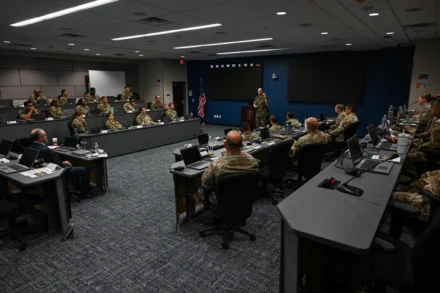
The two-week long GATEWAY course is in resident enlisted joint professional military education held at the National Defense University, Fort McNair, Washington D.C., that reinforces joint perspectives for mid-grade senior noncommissioned officers while preparing them for enhanced joint leadership opportunities at the operational level.
Last year, the decision was made by former Senior Enlisted Advisor to the Chairman, Joint Chiefs of Staff, U. S. Marine Corps Sgt. Maj. Troy Black, to start hosting GATEWAY at the combatant commands, outside of the National Capitol Region. With support from four-star leadership across the COCOMs, U.S. Strategic Command at Offutt Air Force Base, Nebraska, held the first pilot course in December 2024, hosting two members from each COCOM.
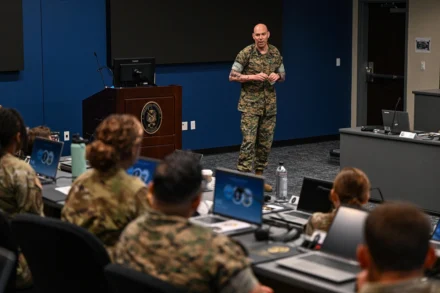
“I’m excited that our leadership, from the chairman down, knows the importance of enlisted PME, especially joint PME,” said U.S. Marine Corps Sgt. Maj. Dan Krause, senior enlisted leader of the joint force development directorate with the Joint Staff at the Pentagon, Washington D.C. “The only place you’re going to get pure joint PME is through the joint PME programs.”
Former and current senior enlisted advisors to the Chairman of the Joint Chiefs of Staff and service senior enlisted advisors advocated the need to provide EJPME to NCOs when selected for a joint assignment, or shortly after arriving, enabling members to meet the demands of emerging future operating environments.

“We live in an era of accelerating complexity – [Artificial Intelligence], cyber threats, peer competition, disinformation,” said U.S. Army Sgt. Maj. Garric Banfield, the command senior enlisted leader of JSOU. “The battlefield is no longer confined to a grid square. Education is how we prepare joint senior enlisted leaders to think critically, collaborate globally and act decisively when doctrine runs out. It is the foundation of strategic agility in an uncertain world.”
To cut travel costs and ensure NCOs received EJPME, the commandant of JSOU-EA suggested hosting a GATEWAY course for U.S. SOCOM and U.S. CENTCOM members, two geographically co-located COCOMs, rather than having all the COCOMs send their members on a temporary duty.
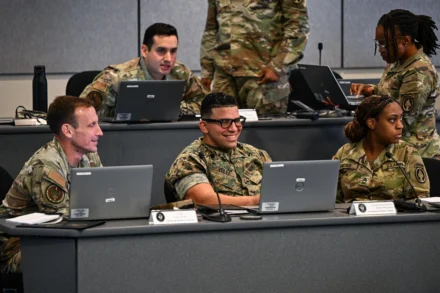
“There were a couple of creative ways to take what the SEAC’s vision was,” said Dr. Kari Thyne, chief learning officer for JSOU-EA. “To push it out to the commands, but also to infuse that by taking advantage of geographic location.”
The commandant of JSOU-EA did not stop there.
“Our commandant wanted us to relook at the curriculum, since a lot of the faculty here had developed the original curriculum. In the past three years, it needed a little updating and revising,” said Thyne. “We spent about a month and a half working on that, and we will continue to evolve it as we get inputs from the different combatant commands.”
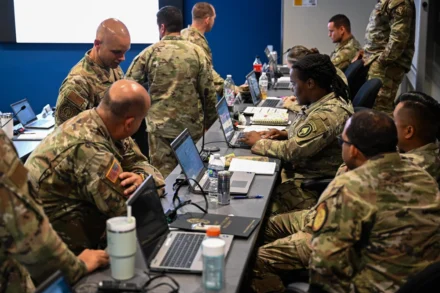
While each branch of military service provides PME to its members, the ever-changing battlefield requires more than just one branch’s area of expertise.
“You should be able to go from the service environment to the joint environment with a minimum transition period so we can continue to maximize your experience and the leadership that we need you to provide in that environment,” said Thyne. “The prevailing wisdom is that we, as services, like to think that we can do it all, but the nature of conflict, the changing character of war suggests that it’s not going to be one service doing it all.”
U.S. Air Force Tech. Sgt. Kyle Ryan, executive assistant to the command senior enlisted leader of U.S. CENTCOM, is serving in his first joint position and when he heard about the course, he knew he wanted to attend.
“It was more than what I expected,” said Ryan. “There was a lot of information, and you don’t know what you don’t know. Then being in the joint world, you find out how close you are to the mission, but also how you’re a small piece to the main puzzle.”
Even though Ryan talked to other service members who have been to the course, it was nothing like he thought it would be.
“It’s eye opening,” said Ryan. “You now understand the big-picture mission – not just about the Air Force, but all departments of the military; the Army, Marines, Navy, and how everybody comes together and fights for that sole mission purpose.”
Service members in grades E-7 and E-8 serving in or transitioning to joint assignments, who are interested in the GATEWAY course, should coordinate with their supervisor and senior enlisted leader to enroll in upcoming sessions.
Story by TSgt Marleah Miller
U.S. Special Operations Command



